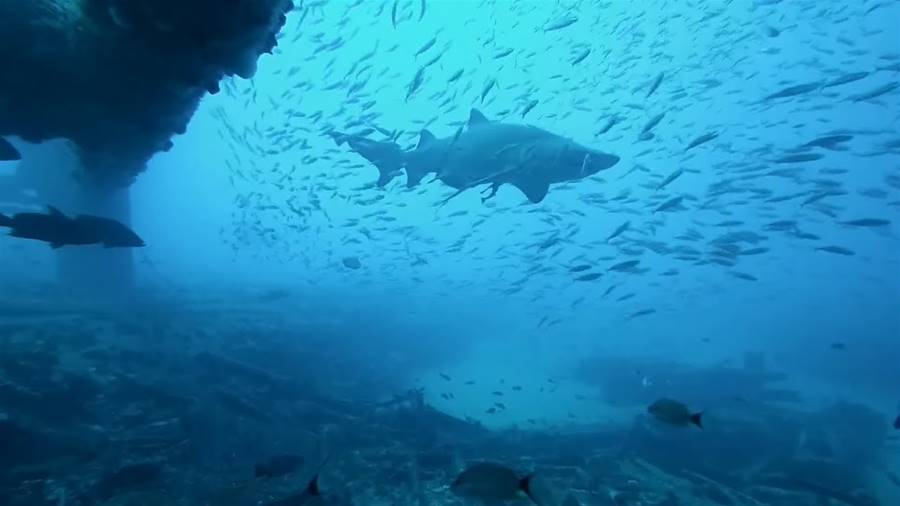
The main idea of this article is to discuss the installation of live cameras among sharks for scientific research purposes. The article highlights the benefits of this technology in gaining valuable insights into the behavior and habitat of sharks, while also emphasizing the need to protect these incredible creatures.
The article starts by addressing the fascination and fear that sharks evoke in people, noting that their elusive nature has made studying them a challenge.
However, advancements in technology have opened up new possibilities, and scientists are now using live cameras to observe sharks in their natural habitat.
The installation of these live cams provides an unprecedented opportunity to study sharks up close and personal. By capturing continuous footage, researchers can gain insights into the behavior and movement patterns of these majestic creatures.
This technology also allows scientists to observe interactions and behaviors that were previously unknown.
Moreover, the article emphasizes the importance of understanding sharks and their role in the ecosystem. It states that sharks are apex predators and play a crucial role in maintaining the balance of marine life. By monitoring their behavior, scientists can better understand how they contribute to the overall health of the ocean.
The author mentions several examples of successful installations, such as the live cam installation off the coast of Australia, which captures footage of great white sharks. This project has enabled scientists to learn more about the hunting and social behaviors of these predators. Similarly, in the Philippines, live cams have been deployed to study thresher sharks, providing researchers with valuable data on their movements and breeding habits.
The article also highlights the positive role live cams can play in dispelling common misconceptions about sharks. By showcasing their beauty and grace in their natural environment, these cameras can promote public awareness and appreciation for these misunderstood creatures. This, in turn, can contribute to shark conservation efforts.
However, the article also acknowledges the need for caution when deploying live cams among sharks.
It states that such technology should be used responsibly, ensuring that it does not disturb or harm the sharks in any way. Scientists must be mindful of the potential impact of these cameras on the natural behavior of sharks and should prioritize their protection.
Overall, the article emphasizes the value of live cameras in studying and understanding sharks. It highlights the advantages of this technology in uncovering important insights into their behavior and habitat.
However, it also emphasizes the responsibility of scientists to protect these creatures and their natural environment in the process.



















